Rwanda: 20 years after the genocide, a nation emerges from the shadows
A decade after she first visited the central African nation, Sue Watt returns to encounter a new-found self confidence – and some remarkable wildlife
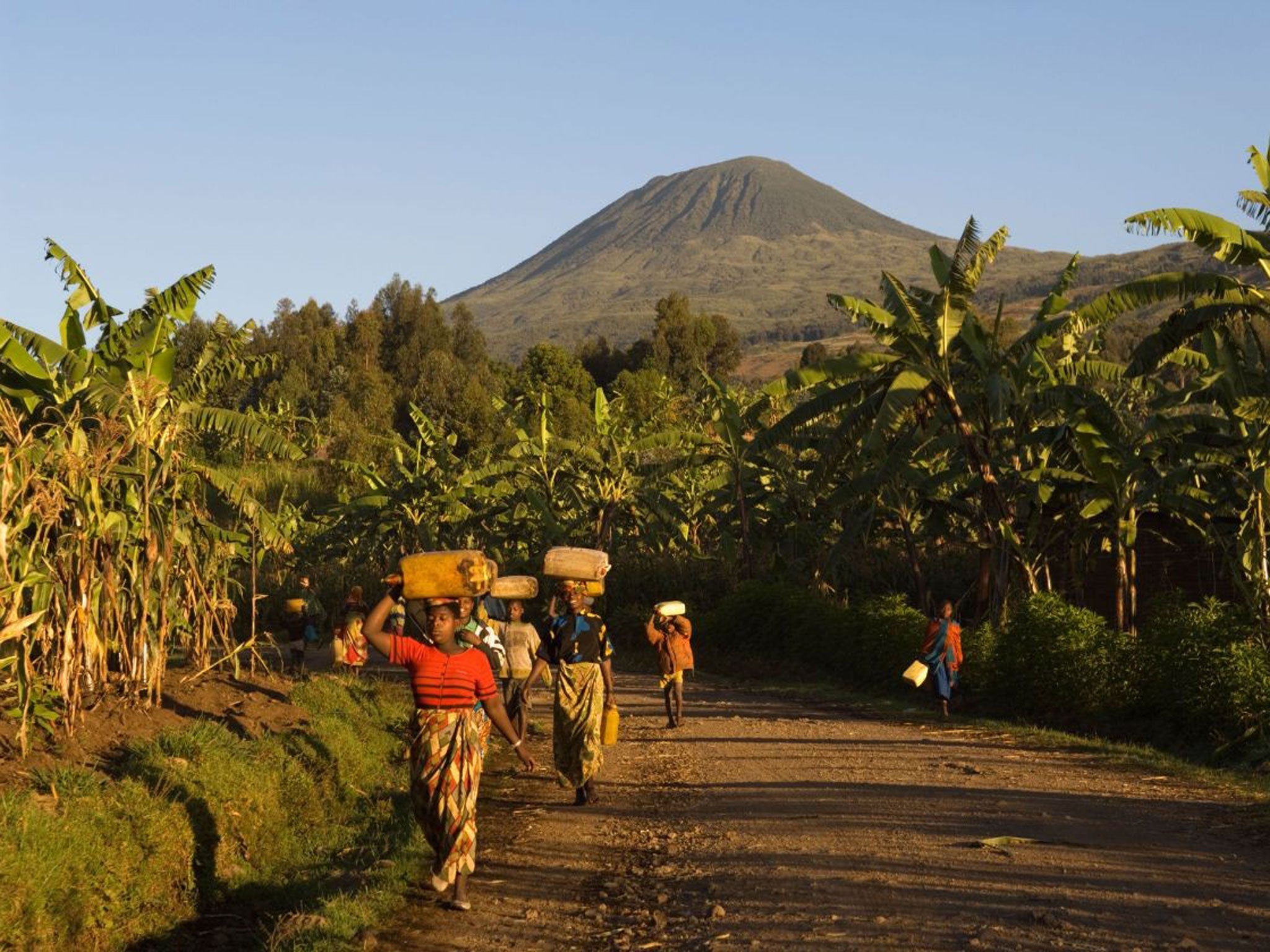
Your support helps us to tell the story
From reproductive rights to climate change to Big Tech, The Independent is on the ground when the story is developing. Whether it's investigating the financials of Elon Musk's pro-Trump PAC or producing our latest documentary, 'The A Word', which shines a light on the American women fighting for reproductive rights, we know how important it is to parse out the facts from the messaging.
At such a critical moment in US history, we need reporters on the ground. Your donation allows us to keep sending journalists to speak to both sides of the story.
The Independent is trusted by Americans across the entire political spectrum. And unlike many other quality news outlets, we choose not to lock Americans out of our reporting and analysis with paywalls. We believe quality journalism should be available to everyone, paid for by those who can afford it.
Your support makes all the difference.The last time I saw Byishimo and Impano, they were stuck to their mother’s breasts like a fluffy black bikini. Proud and protective, their mother had barged out of a bush, almost pushing past me as her babies clung on with tiny, doll-like hands, before disappearing into the thicket as quickly as they’d emerged.
Just three months old, those babies from Rwanda’s Susa group were the first mountain gorilla twins to survive since conservation efforts began in the late 1960s. That fleeting glimpse, and the very fact of their survival, had fascinated me. Ten years on, I’d come back to find them again.
The bumpy terrain of the so-called “Land of a Thousand Hills” was little changed. Rwanda is still a mass of knolls, peaks and valleys smothered in a patchwork of bright green crops and terracotta-coloured earth. However, its beauty has, until recently, been shrouded in a veil of darkness. For 20 years, Rwanda has lived with the ghost of the devastating genocide of 1994. In 100 days of frenzied horror, almost one million people – a tenth of the country’s total population – were slaughtered. Most of them were Tutsis, killed by the Hutu majority.
In 2004, on my last visit, people looked haunted, lost, their eyes shadowed by desperate sadness. But the atmosphere seemed different now, more at peace with itself. To suggest that the entire country is moving on would be facile, but life is changing and that veil of darkness is at last lifting. Appropriately, the theme for Kwibuka20, the 20th anniversary commemorations, is “Remember … Unite … Inspire.”
“We were the poorest country on Earth in 1994, we were a million dead and we couldn’t look each other in the eye,” Jacqui Sebageni told me. She is director of Thousand Hills Expeditions and a leading figure in Rwanda’s tourism sector. “If people could see us now, as a strong nation looking forward ... we’re in a really good place and we want the world to come and see it.”
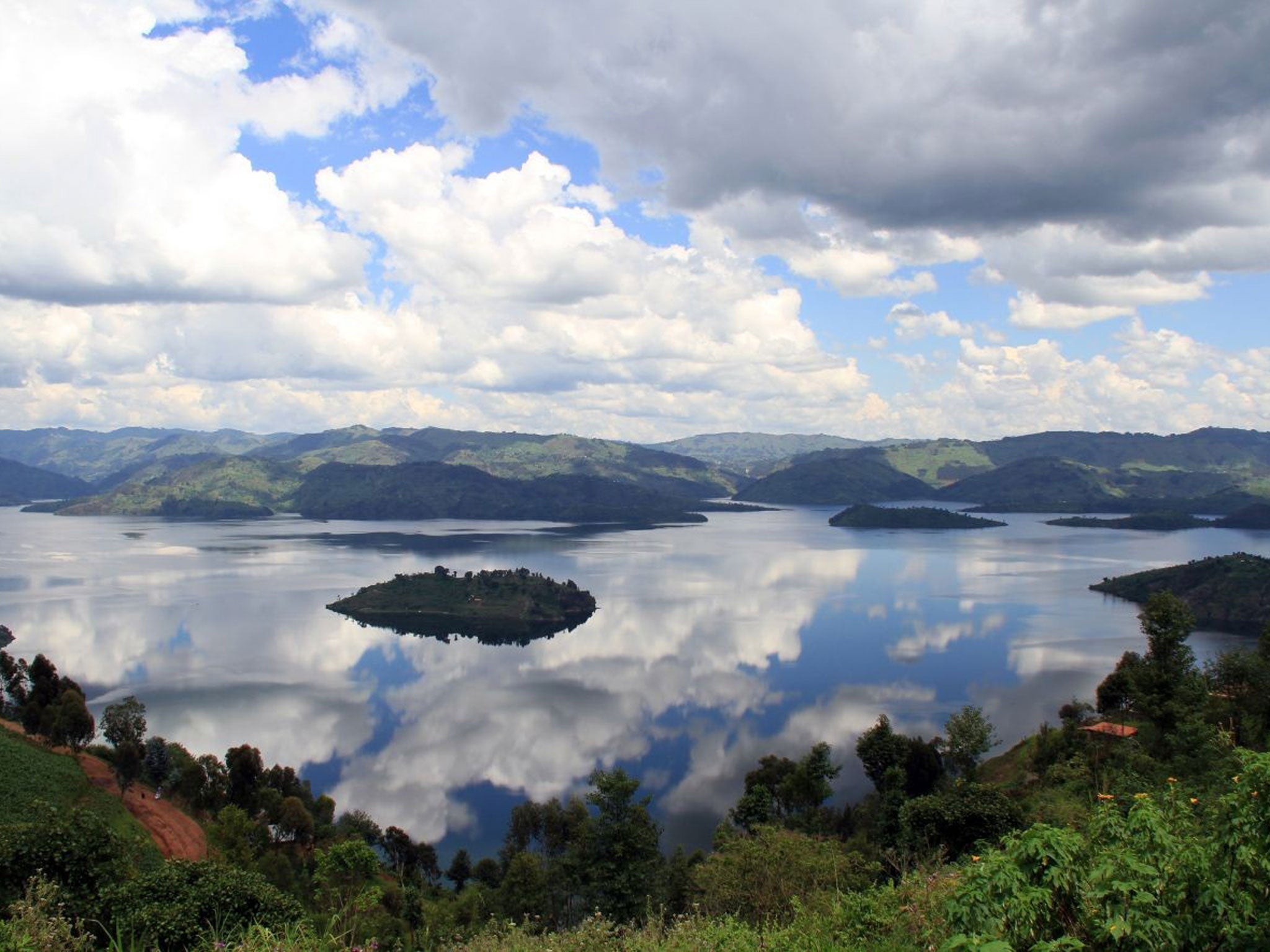
Rwanda certainly has plenty to see. Akagera National Park, in the east, is one of Africa’s prettiest parks yet it receives few foreign visitors. After the genocide, thousands of returning refugees settled here, poaching wildlife and destroying its ecosystem. In 1997, the government took the drastic step of reducing it by half, providing permanent homes for refugees while protecting the remaining 1,120sq km. In 2010, they went into partnership with African Parks, a South African not-for-profit organisation that takes over depleted parks for a 20-year period and aims to restock them and make them financially, socially and environmentally sustainable.
“It’s a miracle Akagera still exists,” explained Sarah Hall, African Parks’ Tourism Manager. “The government rescued it before it was too late, but it still had poachers and invasive exotic species that needed to be eradicated.” An electric perimeter fence now deters poachers; 2,500 vicious snares were collected last year alone. A community liaison officer will shortly be appointed to ensure that local people benefit from the park’s success. Visitor numbers have doubled since 2010 and African Parks’ new lodge, Ruzizi, opened last August.
If you’re after a frenetic safari, ticking animals off your to-see list, this may not yet be the place for you. However, there are plans to reintroduce lion and rhino to the park, so tourists could soon come flocking. For now, I enjoyed a private viewing of nature at its most serene.
On game drives, I saw curious giraffes watching us watching them. Herds of buffalo, zebra and fat wart-hogs grazed contentedly. A gamut of antelopes – including purple-ish shimmering topi, tiny oribi, waterbucks and the ubiquitous impala – looked blissfully relaxed. “They won’t look like that when the lions arrive,” my guide Arthur joked.
We also met Mutware. Renowned across Rwanda, this 50-year-old elephant has wrecked tin roofs on park buildings and shoved a (thankfully empty) Land Cruiser into a lake. Even without tusks, he can still terrorise, so we moved swiftly on. Some 500 bird species also frequent Akagera, among them the rare shoebill. My avian sightings were prolific and included the magnificent African fish eagle, the yellow-rumped tinkerbird and the glossy blue starling.
Akagera’s scenery only enhanced its serenity. Lakes and papyrus swamps cover a third of the park. In the north, vast savannah plains tempt the bigger herds of animals. In the south, hills and valleys jostle for space and swathes of pink roads cut through neon green grasses and golden bracken. wildlife may not be in your face, but beauty certainly is.
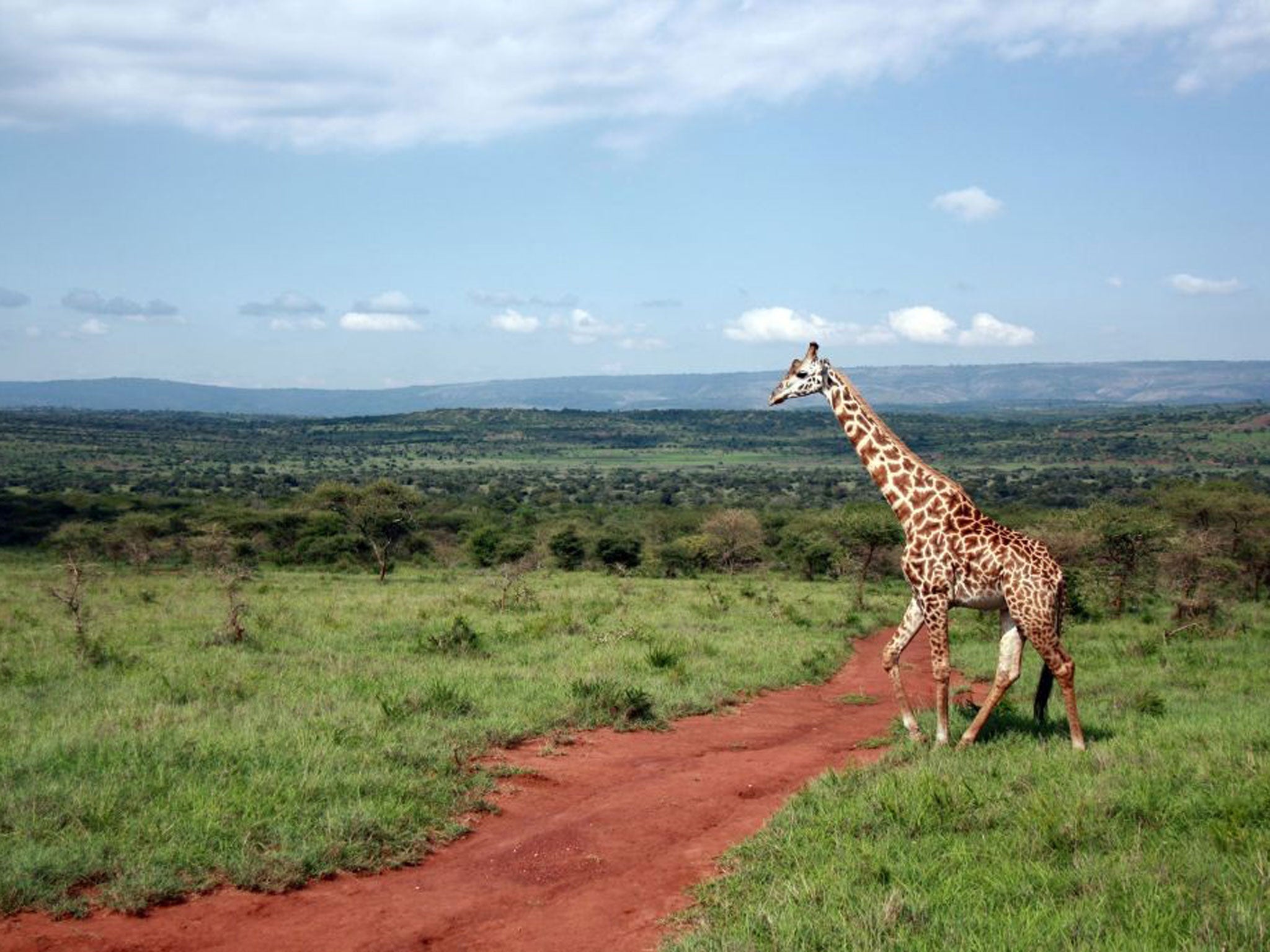
The wildlife at Nyungwe Forest National Park in Rwanda’s south is totally different – this is primate paradise. After staying overnight in the capital Kigali, we set off on a four-hour drive on good roads for the rainforest. “I love it here,” Arthur enthused. “You’re immersed in nature the minute you get through the gates.”
I sensed that nature on East Africa’s highest canopy walk. Here, a new suspension bridge, Uwinka Overlook, sways softly above the Igishigishigi Trail, named after the fantastical tree-ferns below. I walked across it, my stomach churning. Some 75 metres below sprawled Nyungwe’s verdant rainforest. All I could hear was birdsong; all I could see was green interspersed with bold red flowers on top of symphonia trees that monkeys love to eat. I breathed in the cool moist air, exhilarated, feeling as if I had the whole rainforest to myself.
However, within the forest are 13 primate species. We saw a cocky L’Hoest’s monkey with one arm, a white beard and incongruous blue testicles, wandering nonchalantly along the roadside. Finding the colobus monkeys was easy too, a mere 20-minute walk from our 4x4 through neat tea bushes to the forest edge. There, around 30 monkeys resembling ageing hippies with long white manes and beards swung through the trees like circus acrobats. Their spectacular show was overseen by a red-tailed monkey who looked like a giant chipmunk.
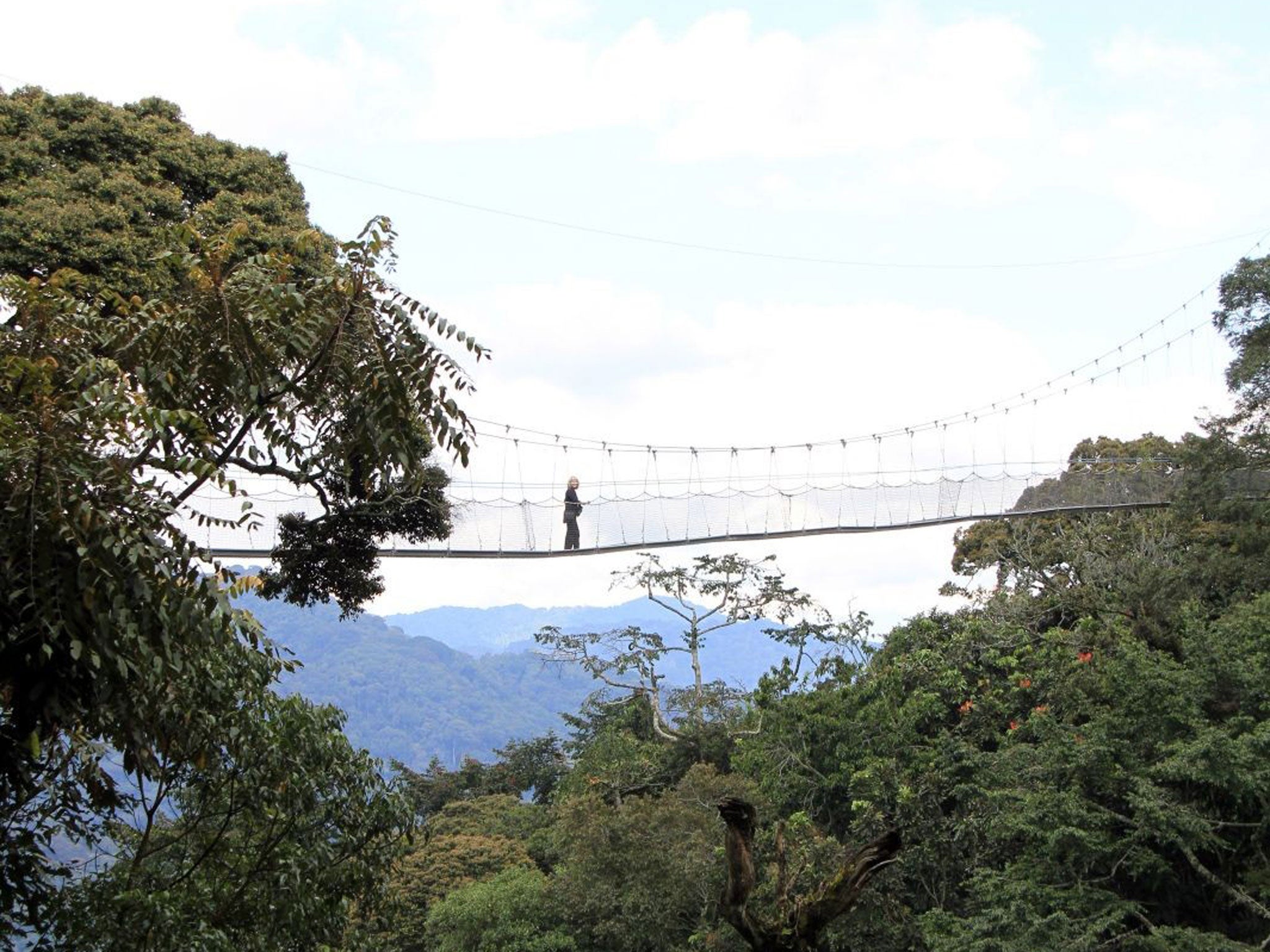
Tracking Nyungwe’s chimps was more demanding, starting with a 4am wake-up call in the warmth of my beautiful suite in Nyungwe Forest Lodge. An hour’s drive to Cyamudongo rewarded me with views of sunrise over Rwanda’s misty valleys and hills. In dense forest, our group of eight, with our guide and trackers, hurried for an hour along slippery paths to reach the chimps’ overnight location before they moved on. A sudden shriek meant we were close, then four female chimps ran across our path, one giving a piggy-back to a baby. Above us, seven male chimps seemed more concerned about eating fruit in the fig trees than following their ladies. We were so focused on those chimps that we initially failed to notice another female on the ground who seemed desperate to join the boys. Moments later, she was up in the tree, mating first with one male and then another, both unromantically brief encounters.
Mountain gorillas have also been busy procreating. Ten years ago, 640 lived in the rainforests of Rwanda, Uganda and the Democratic Republic of the Congo. Today, they number 880. Tourists are permitted to track eight of their groups in Rwanda’s Volcanoes National Park, which is dominated by the Virunga Mountains and their crater lakes. Permits are costly at US$750 (£469) each, but the gorillas’ successful conservation has in part been credited to tourism. Local people are benefiting too.
Since opening seven years ago, Sabyinyo Silverback Lodge, owned by Sacola Community Trust and managed by luxury lodge operators Governors’ Camp, has raised more than £750,000 for community projects involving income-generation, new homes and education. Taking a guided walk around Kinigi village and Sacola’s cultural centre, I learnt about farming, basket weaving, beer making and the fabulously energetic national dancing.
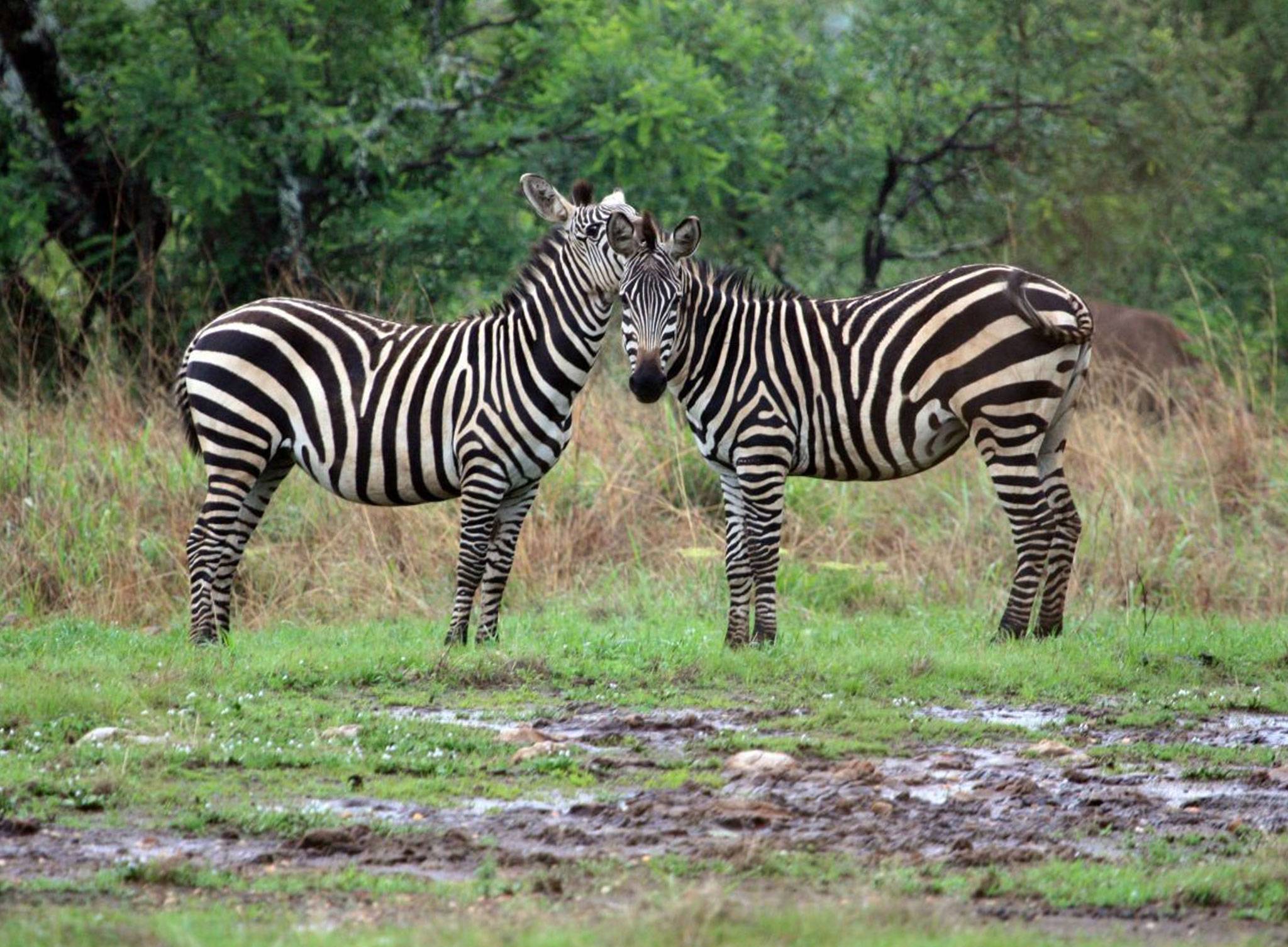
The next morning, I was back tracking the Susa group. It took just 50 minutes to reach them on the lower slopes of Mount Karisimbi and an hour of pure joy ensued. It seemed that we’d gate-crashed gorilla playtime with toddlers swinging on vines and juveniles tumbling and play-fighting in nettles and brambles, while Kurira the silverback looked on, as strong and dominant as he was 10 years ago
“Where are the twins?” I whispered to the tracker. “Which ones?” he replied, revealing that another pair had been born in 2011. Although Impano was out of sight, Byishimo was sitting right in front of me. That little ball of fluff had become a burly black-back and this time he was in no hurry to disappear. He seemed to love the attention, grabbing bamboo and munching leaves, rolling on his back, knocking others around and following us if we moved. Just before we left, with hands the size of baseball gloves he picked up Impeta, one of the new baby twins – only the second pair in the world to survive – and held her to his chest, stroking her tenderly and posing for the camera.
Travel essentials
Getting there
Sue Watt travelled with Cox & Kings (020 7873 5000; coxandkings.co.uk), which offers a 13-day trip to Rwanda from £4,995pp. The price includes Kenya Airways flights from Heathrow via Nairobi with transfers; excursions; three nights’ half board at Rusizi
Tented Camp in Akagera; a night’s B&B at The Manor Hotel in Kigali; two nights’ full board at Nyungwe Forest Lodge; a night’s B&B at Cormoran Lodge in Kibuye; two nights’ full board at Mountain Gorilla View Lodge in Volcanoes National Park; and gorilla permits. Upgrade to the Sabyinyo Silverback lodge from £795pp.
Flights to Kigali are also offered, via Addis Ababa, on Ethiopian Airlines; via Amsterdam on KLM; via Brussels on Brussels Airlines; and via Istanbul on Turkish Airways.
More information
Rwanda Tourist Board: rwandatourism.com
1994 Genocide Commemoration: kwibuka.org
Aegis Genocide Preventuion Trust: aegistrust.org
Join our commenting forum
Join thought-provoking conversations, follow other Independent readers and see their replies
Comments